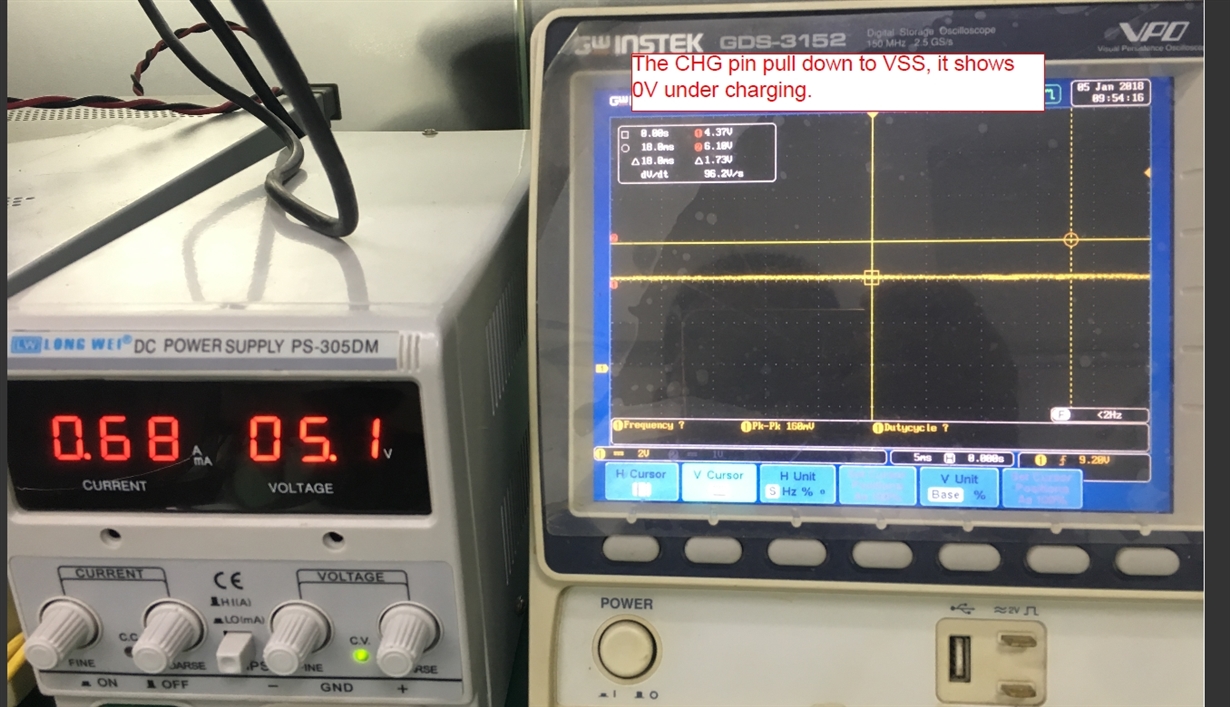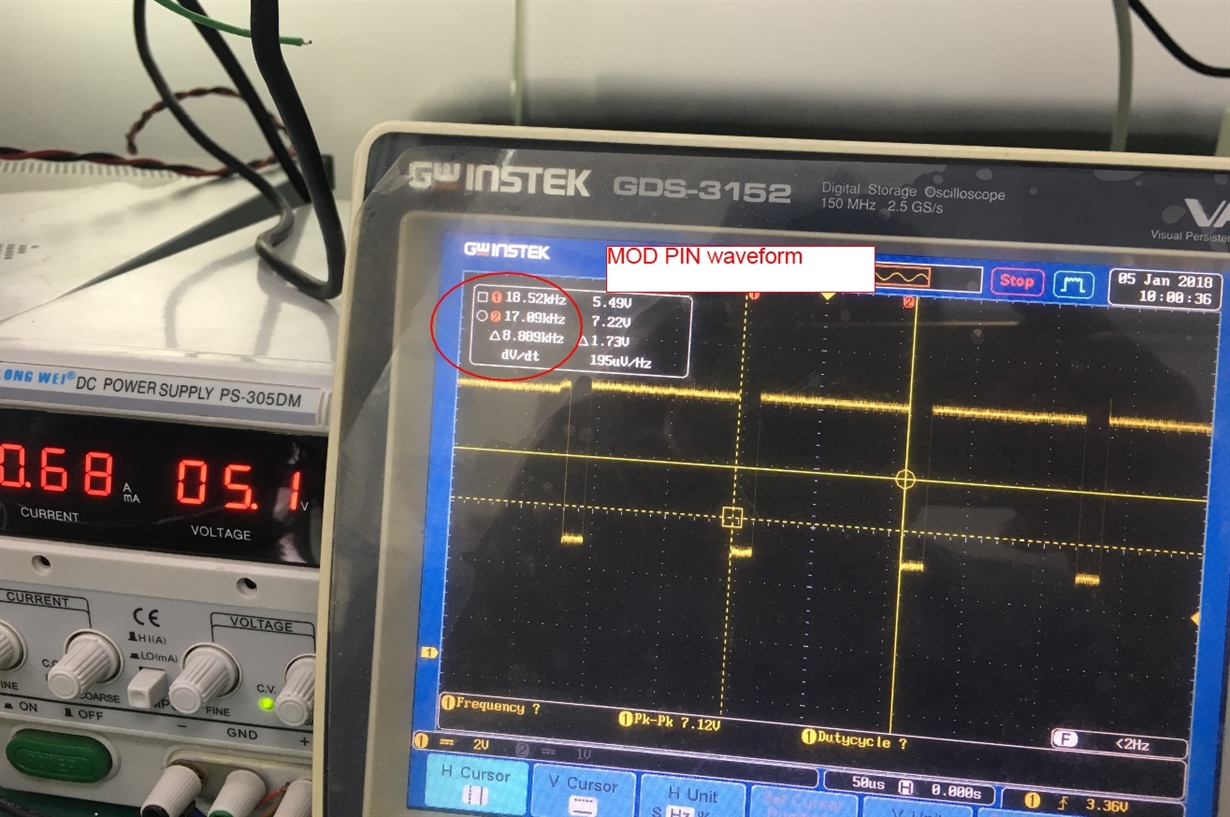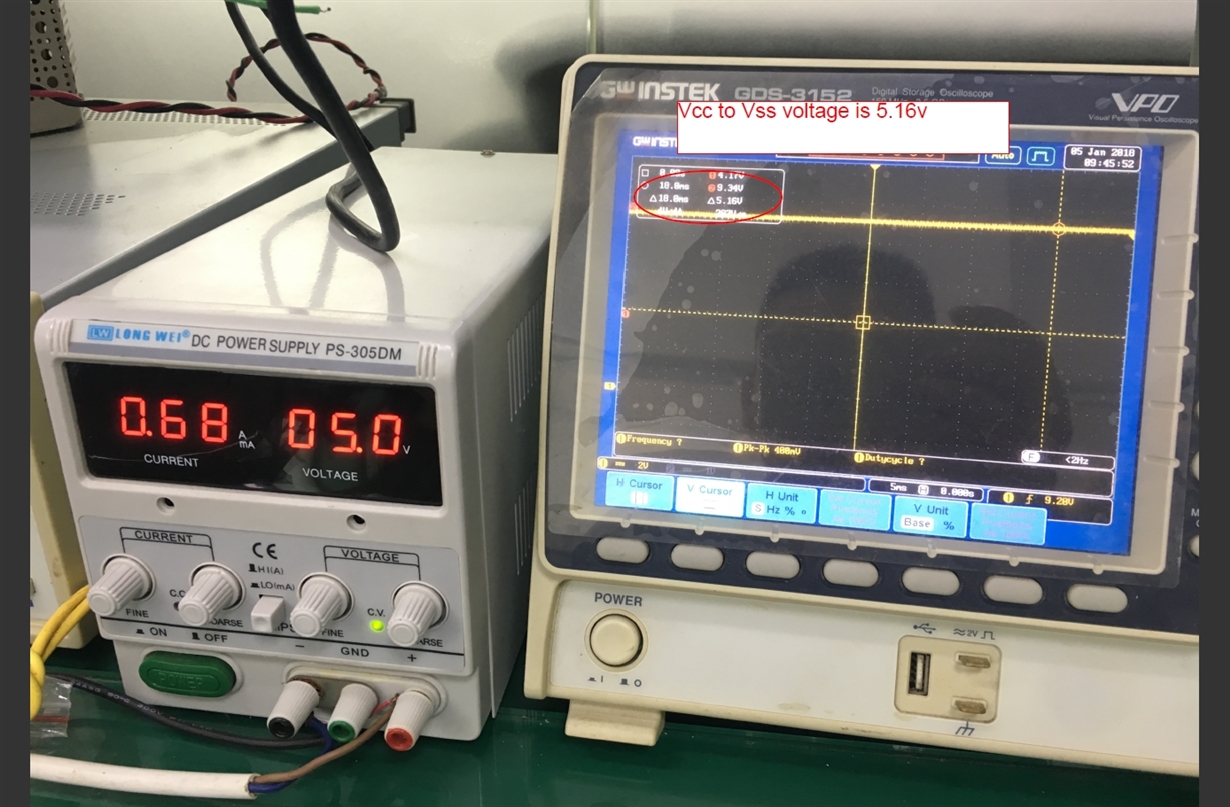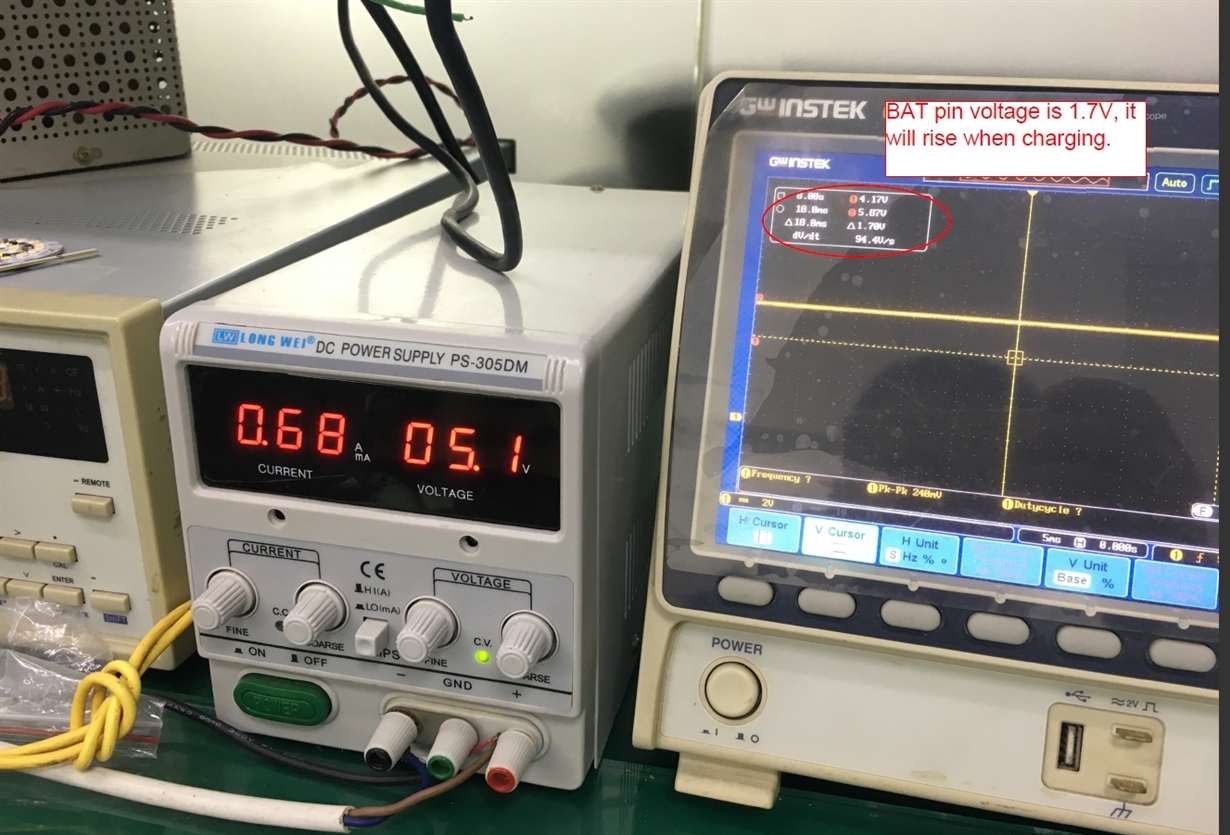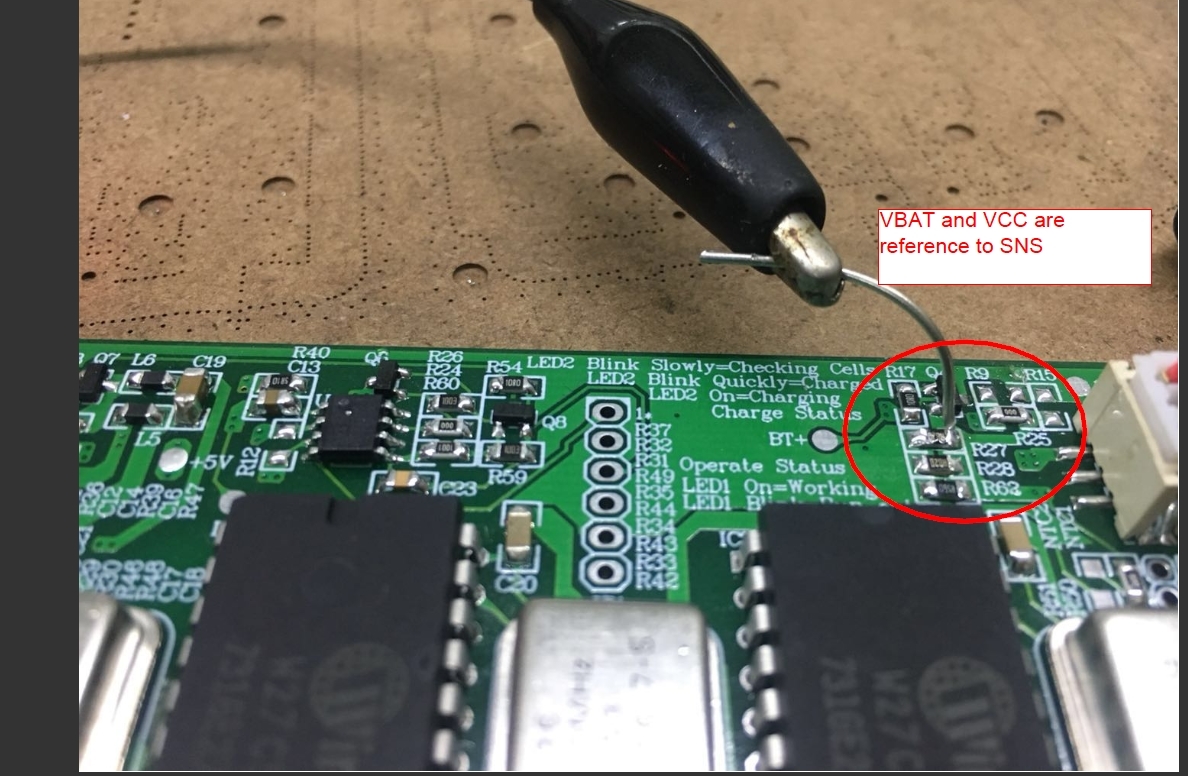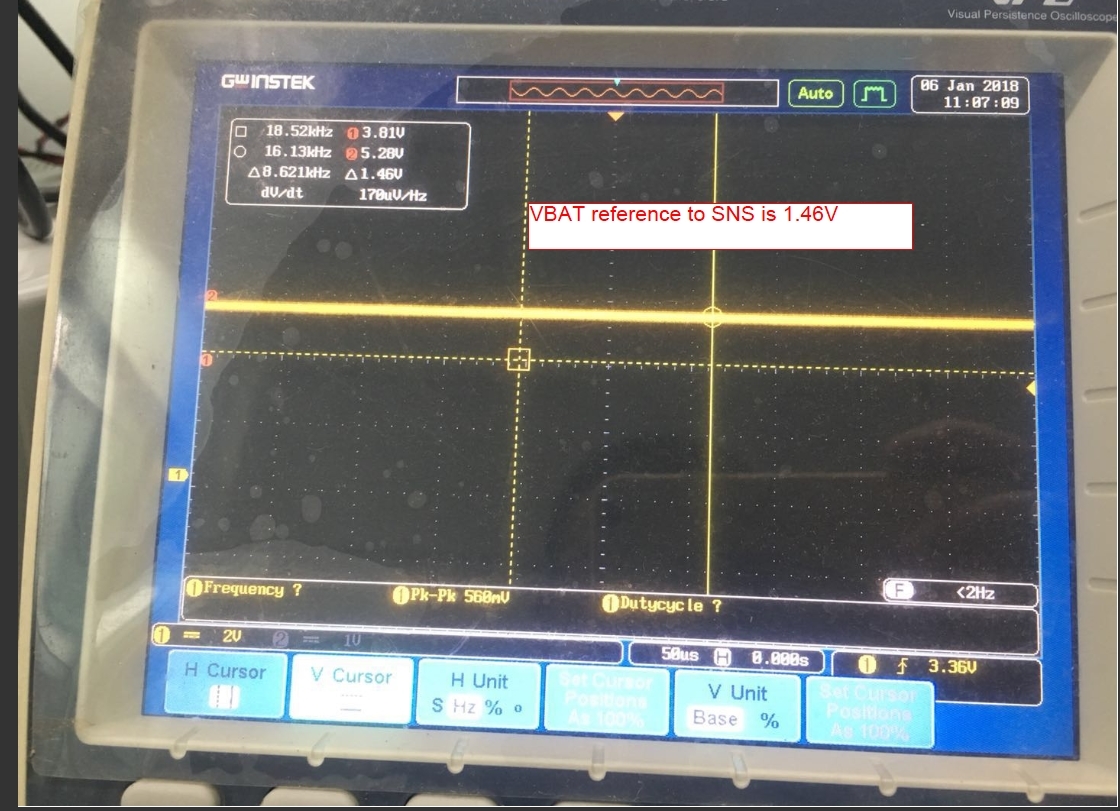Hello Team TIE2E
We are using the BQ2003S to charge 2600mAH NiMH AA batteries in series:
The IC charges for a few minutes then indicates charged but the batteries are not charged.
I have searched and cannot find any symptom similar but the issue must be in the configuration.
Can you please have a look at the configuration for automatic recharge: we are using a USB 2.4A power adapter, the current used is never beyond 750mA and 5 volts is sustained at the charge IC throughout the attempt to recharge. If we unplug usb cable, then re-plug the charge cycle starts again but then after a few minutes indicates batteries are charged...something is not correct, please help as 5,000 unit production is on hold until solved.


